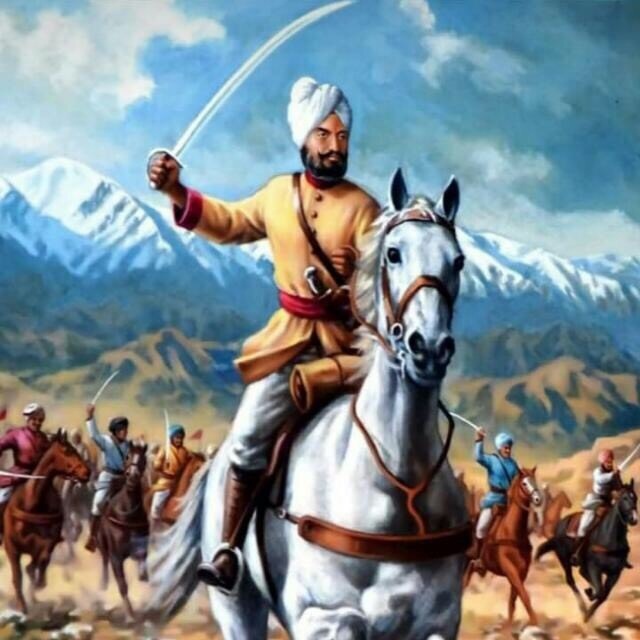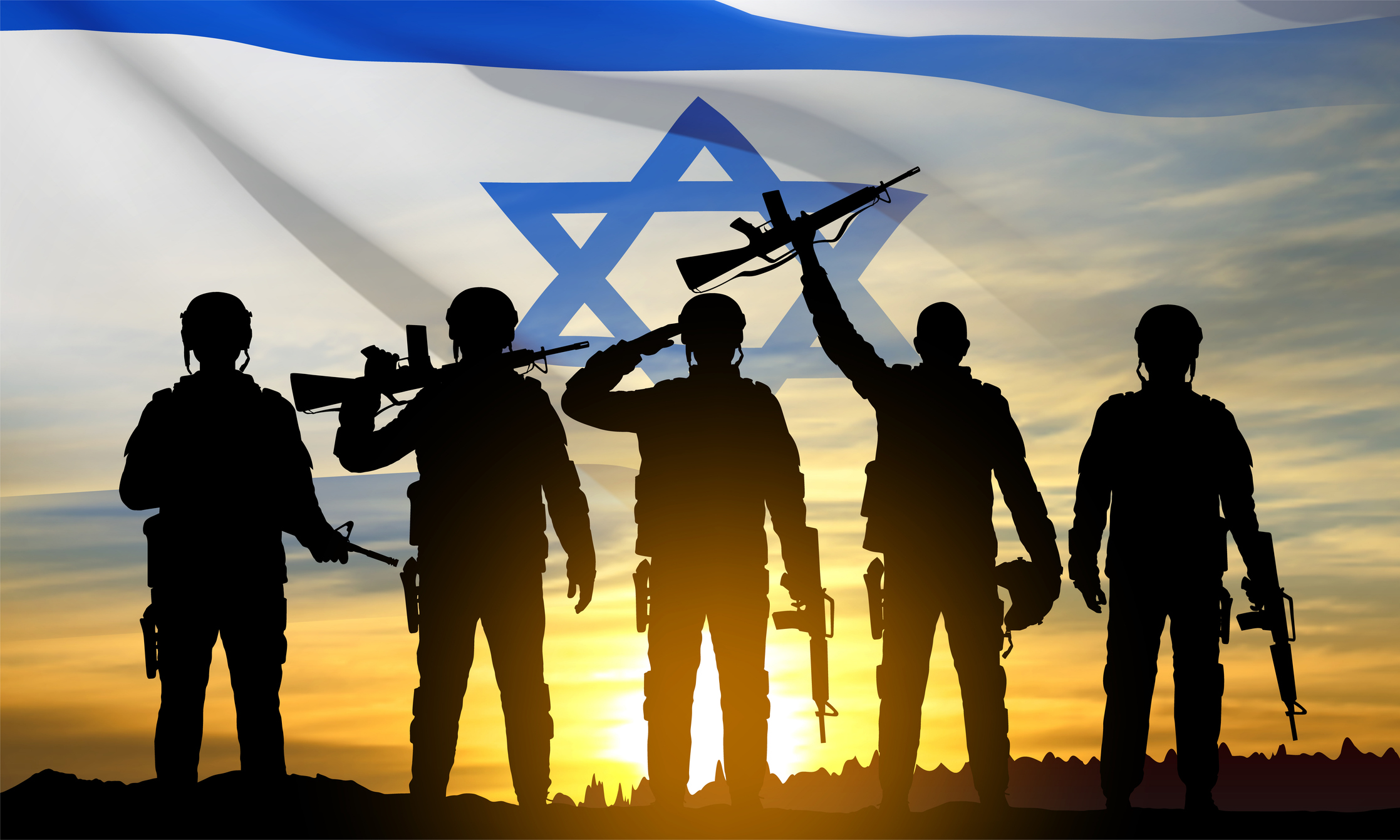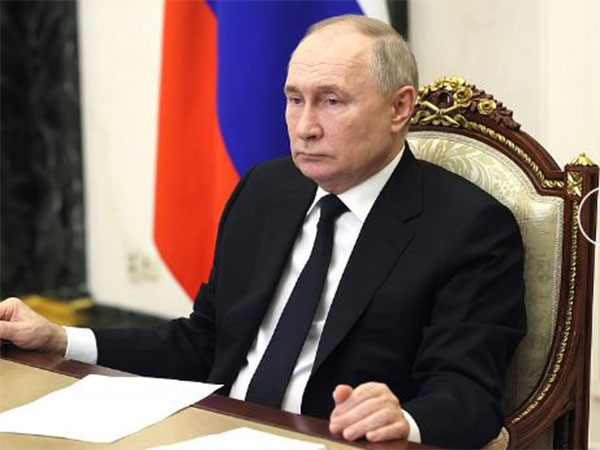
Legacy and Relevance of General Zorawar Singh – A Forgotten Legend
Wed, 02 Dec 2020 | Reading Time: 5 minutes

2020 saw India taking a stand against China on the edges of Ladakh, amid a military build-up from both the sides; a few realise that India’s borders with Tibet are all a legacy of the great legendry Dogra General Zorawar Singh; who is largely forgotten. Perhaps it is the right time to talk about the legendry General so that the present and the next generation know about this great personality. Over the years, people have visited several forts linked to his life from where he fought his battles and administered. He had also taken the holy dip in Lake Mansarovar after capturing areas up to Mount Kailash.
General Zorawar is a forgotten Hero of the Indian Military History and not many know about his contributions to present-day India. His campaign extended to Ladakh. General Zorawar truly believed in Offensive Action with his manoeuvre warfare. He had an ‘Offensive Mindset’ and applied the “Forward Posture” policy. Zorawar’s sagacity and vision which guided the destiny of J&K under Maharaja Gulab Singh and Maharaja Ranjit Singh.
Jammu University through the Gulab Singh Trust and Zorawar Chair of excellence has been doing yeoman service by educating the populace of the contributions of the Dogra General. General Zorawar Singh was born in a Kahlur Rajput family on 13 April 1787 in village Ansara (Bilaspur) of the erstwhile Kangra District.
The General applied the ‘Principles of War’ almost over two centuries back. His Selection and Maintenance of Aim has been always clear and focused. He achieved it through his Directive Style of Command, leadership qualities, the trust and faith he had on his subordinate commanders and the vice-versa. This is especially true during the times when the means of communication were remote and extremely poor. Dependence to control the battle was either by leading from the front or through messengers on horses or walking across difficult terrain under extreme weather conditions. Imagine the time lag; trust, faith and clear directions were important to achieve success and victories along multiple approaches. Flexibility in plans existed due to advance on multiple axes, multi-prong attacks and ultimately the faith and trust on his loyal and competent force commanders who could exercise their authority.
Concentration of Force and the desired force ratios in executing attack plans were well applied over overwhelmingly where required. Guerrilla Warfare was not encouraged in unknown territories. FirePower was given its due importance before storming the objectives. The objective (Fort) was degraded to the maximum extent possible before the main attack by the firebases by his ‘Topkhana’ wherein the locally made guns were carried man-pack or on ponies.
Surprise and Deception remained a central theme to his plans and achievements of success in his campaigns. His advances were on multiple axes well apart along arteries of approaches along ridges, passes and rivers which are extremely difficult in altitudes ranging around 15000 feet. Extreme weather conditions and seasons were utilized for the conduct of campaigns. Frozen rivers were crossed, anchored bridges of ice were constructed and passes with heavy snow were crossed. All these decisions were instrumental in achieving surprise. Attacks were multi-pronged and caught the enemy from the least expected approach. The stage was set by preparing the battlefield in a manner to suit the attack plan to force the enemy to be caught by surprise. That was the fine tuning of the ‘Art of Manoeuvre Warfare” which General Zorawar practised and achieved through his mobility in mountains. Rivers and mountains even in high altitude terrain never deterred his attack plans his crossing of rivers at least expected places surprised the enemy most of the time. Crossing Indus in winters reflects the offensive mindset of the force commanders so well embedded into his commanders.
Economy of Effort and Security can be gauged from the chain of forts constructed for fighting, protecting the axis of maintenance, lines of communication, and logistic bases. This methodology helped in exercising the writ of the conqueror on the captured territory and populace. General Zorawar possessed the art of administration and put in place his administrative reforms on the people and the captured territories. He held the forts with minimal strength varying from 10 to 50 men who could not accompany the campaigns.
Morale of his force was always high. The General always led from the front and was a leader of unimpeachable integrity and honesty. During the campaigns, he did not collect any fortune for himself. He was loved by his soldiers for his simple living and needs. He lived and fought alongside his soldiers sharing the same hardships and food. The bravery exhibited was rewarded on the spot. He was a strict disciplinarian and ruthless while meting out exemplary punishments to the enemy for their crimes or on his troops for any war crimes like looting. Even his enemies recognized his valour. Charles Shering records:
“When the Dogra General was killed his flesh was cut into small portions and every family in the neighbouring area took a piece to hang outside their houses so that Zorawar-like chivalry was passed on among the Tibetan people from generation to generation”.
Administration was General Zorawar’s strong forte and undoubtedly he was a great logistician. His long campaigns in most inhospitable terrain and weather are ample proof of his phenomenal administrative acumen. For this, he had constructed a chain of forts along the axis of maintenance which were utilized as logistic bases which protected the long logistic tail. Forts had adequate supplies and water storage facility existed through the system of rainwater harvesting into deep wells within the forts. To have minimum problems from the populace of captured territories, he, through his political and administrative genius, provided a just administration through the garrison forces placed in the forts. The captured forces generally accompanied his campaigns. All these steps pacified the conquered population. This provided inherent security of the rear areas through which the logistic lines passed.
General Zorawar was secular and religious. He selected his force commanders irrespective of caste, creed and religion. He did not encourage attempts to create a divide amongst religions. His towering image and reputation made his subordinate commanders believe in their leader’s overall mission. Through his battlefield style, it was possible to carry out long campaigns deep into Tibet over the most inhospitable terrain of the cold deserts and the Tibetans plateau. The comparison needs to be made with the present day facilities available with the armies today and then appreciate the achievements of General Zorawar and his army of that period.
General Zorawar’s style of conducting campaigns and conduct of battles had over the period emphasised certain aspects which developed into some of the basic tenets of his style of fighting battles. First of all, is his ‘ Offensive mindset’ in line with his ‘Manoeuvre Warfare’ and mobility technique which stand out in all his campaigns, His campaigns have been masterpieces of Manoeuvre Warfare and Mobility in the highest battlefields of the world. His speeds of advance could be compared with the best even today. This could be achieved by minimal comforts of the hardy soldiers and simple food of Sattu (barley flour), grams and gur (jaggery). His storming offensive actions, along with surprise and deception measures at times used to paralyse the mind of the enemy commanders.
Preparation for the battle, campaigns and the battlefield received due attention in General Zorawar’s Style of Warfare. In his scheme of things, peaceful negotiations through diplomacy and political understanding were employed to avoid battles. Probing attacks provided the requisite intelligence desired for his plans to surprise the enemy and storm the battlefield or a fort. Along with the probing attacks, spoiling attacks were also a part of his design of battle.
General Zorawar’s chain of forts facilitated the logistic needs, to govern the captured areas, protect the lines of maintenance and dominate the area of responsibilities. These forts were tactically sited and constructed. Adequate firepower in terms of guns was provided within these forts. These forts could be considered as pivots, piquet for advance and were considered as key features for further advances. These forts also provided firm bases or fall back positions for rest and recuperation before planning future battles and campaigns.
General Zorawar can rightly be given the credit of introducing ‘Manoeuvre Warfare’ in high altitude mountainous terrain in sub-zero temperatures. He can be termed as the true Captain of high altitude mountain warfare wherein he applied the element of manoeuvre warfare and almost all the ‘Principles of War’ in his long campaigns. His understanding the High Altitude Warfare was way ahead of his times. 2020 has seen India and China on the brink of a High Altitude War ready on their respective forming up places.
Sources:-
- General Zorawar Singh by Dr CL Datta.
- The Gallant Dogras – History of the Dogra Regiment.
- Visits to various forts.
- Kailash – Mansarovar Yatra.
Disclaimer
The opinions expressed in this article are the author’s own and do not reflect the views of Chanakya Forum. All information provided in this article including timeliness, completeness, accuracy, suitability or validity of information referenced therein, is the sole responsibility of the author. www.chanakyaforum.com does not assume any responsibility for the same.
Chanakya Forum is now on . Click here to join our channel (@ChanakyaForum) and stay updated with the latest headlines and articles.
Important
We work round the clock to bring you the finest articles and updates from around the world. There is a team that works tirelessly to ensure that you have a seamless reading experience. But all this costs money. Please support us so that we keep doing what we do best. Happy Reading
Support Us




















POST COMMENTS (5)
Parth Rana
Ladagspa
RAJEEV GUPTA
Sambu
Nilesh Kunwar